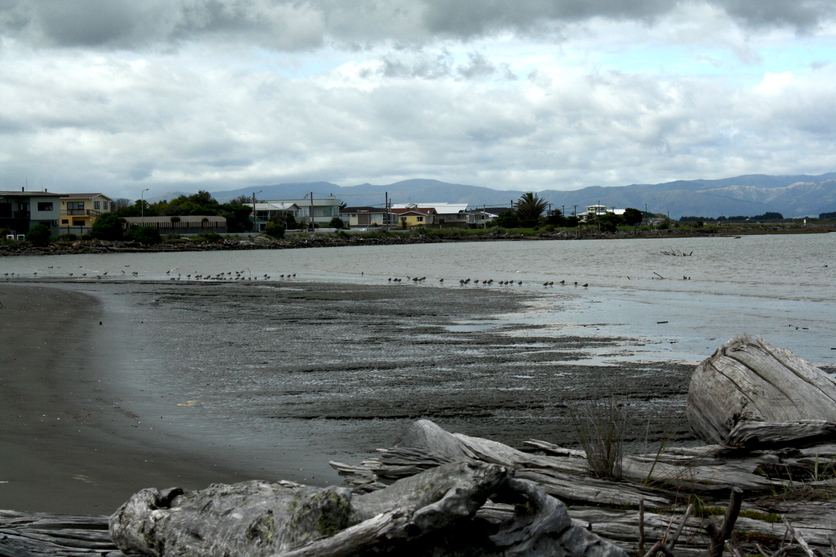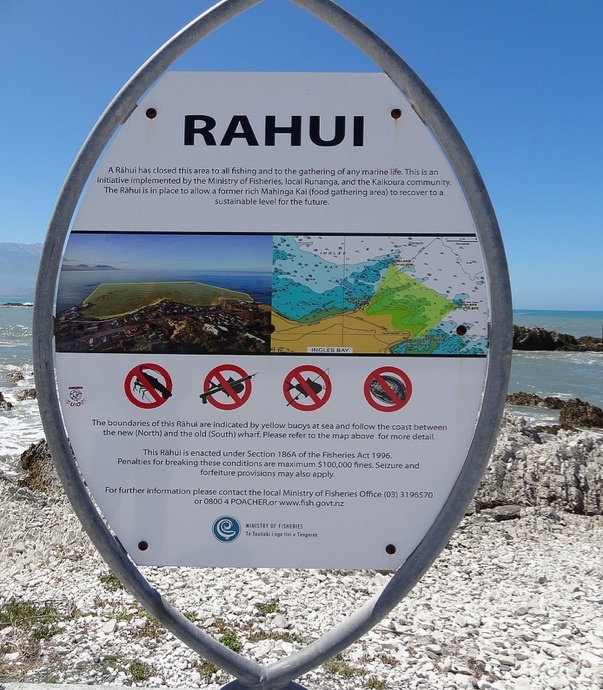Estuaries are extremely valuable. They:
- are nurseries – breeding grounds for fish and birds
- maintain the health of coastal fisheries and waters
- are a buffer between land and sea – protecting the land from storms and floods and protecting the sea from sediments and pollutants from the land
- have commercial value to fishing industries
- are ideal places for boats and ships to come in to land
- attract tourists
- have cultural value for Māori – providing kai (food) and plants (for rongoā and for weaving)
- are a place for recreation and tranquillity.
To maintain these functions, estuaries need our care and protection.
We impact estuaries in many ways. To care for and protect estuaries, we need to consider how our actions affect estuaries and take steps to reduce this impact.
Generally, the quality of New Zealand coastal habitats is high by international standards. However, estuaries near urban development are under stress, and action can be taken to alleviate this.
Helping to protect estuaries
- Plant trees: The biggest problem for estuaries is sedimentation. Land clearance has been a major contributing factor to sedimentation. Experts estimate that about 390 million tonnes of sediment washes from the mainland into the sea every year, affecting estuaries. Native vegetation can be planted alongside rivers and streams that enter estuaries and along estuary margins to help stop erosion and trap sediment and nutrient run-off into the estuary.
- Fence off stock: Landowners around estuaries can fence off streams from stock so that they do not cause streambank erosion of sediment or deposit nutrient-laden effluent into the water that will flow into the estuary. Fencing will also protect planting along riparian (waterway bank) margins as above.
- Improve catchment Improved catchment can help limit pollution that enters estuaries through stormwater run-off. This is important following heavy rainfall. Stormwater brings many pollutants from the land into estuaries through drainage systems.
- Restrict fishing activities: Pay attention to regulations that limit quantity and size of fish and shellfish that can be taken to prevent excessive harvesting.
- Respect marine reserves: Do not take marine life from these areas.
- Biosecurity checks on ships: Ships arriving from overseas are checked to prevent the invasion of exotic species.
- Stop reclaiming land: Stop reclaiming land from estuaries.
- Limit pollution: Help to keep the estuary healthy by not adding solid waste or liquid pollution. Don’t pour harmful substances such as oil, detergent or paint into an estuary or allow these materials to go down stormwater drains that lead to estuaries. Boat owners need to prevent spillage of fuel or detergent into water when refuelling or cleaning boats.
- Report threats to estuaries: Let your local council know if you see something that could be a risk for an estuary – like illegal dumping of rubbish, pollution spills, strange new marine organisms or people cutting down or removing estuarine plants such as mangroves without a permit.
Traditional practice
All societies affect the environment they live in. For example, before Europeans arrived, Māori hunted the moa (a giant, flightless bird) to extinction. Perhaps for reasons like this, Māori developed an intimate relationship between themselves and their environment. Their customary practices maintained a balance between communities and the environment. Resources were managed sustainably. Some of their practices included:
- setting temporary restrictions (rāhui) on harvesting from certain areas
- using the moon (maramataka) to guide harvesting
- banning recreational fishing and birding
- harvesting only what was needed
- harvesting at the right time (not during breeding season)
- limiting fishing, particularly when fishing with a large net (for example, using it once a year).
The Māori name for Huntly is Rāhui Pōkeka. This name came about during the time of the ancestors, a pōkeka was driven into the ground to signify that a rāhui had been put on fishing for eels until they were restocked. This shows that the principles of kaitiakitanga were upheld in the early days.
Kaitiakitanga
Traditionally, Māori have always monitored resources, such as kaimoana, and made decisions about conservation measures, such as rāhui and today this continues as an important part of their role as kaitiaki.
Kaitiakitanga means guardianship or protection. It includes environmental conservation and sustainability based on a traditional Māori world view, which recognises the connection between Maori and the natural world.
Learn more about kaitiakitanga from the work of the Waikato-Tainui people to restore their awa.
Nature of science
Scientific research sometimes reveals environmental problems – such as human impact on estuaries. This can give people the opportunity to respond – becoming science citizens who work with scientists on solutions to the problems.
Related content
The main impacts affecting estuaries are sedimentation and pollution from run-off. These issues are explained in the articles Human impacts on estuaries and Estuaries and farmland run-off. Working together to restore the Ōngātoro/Maketū Estuary looks at the role of participatory management between Māori, local government and others.
In Learning from the tangata whenua environmental scientist Dr James Ataria talks how his identity both as Māori and as a scientist contributed to his work helping with pollution at the Ahuriri Estuary.
As a topic, estuaries have the potential to combine conceptual scientific understanding, cultural awareness and thinking about socio-scientific issues. Estuaries – a context for learning uses Hub resources to suggest four planning pathways as starting points for contextual-based learning.
Activity ideas
Students can use the Hubbub Estuary activity to identify estuarine impacts and protection actions.
These activities below are simple but effective hands-on models, demonstrating the land and water interface and potential impacts:
Useful links
Using a citizen science project with your students can help make science education more relevant and engaging and is a great way to develop students’ science capabilities. This page from the Department of Conservation features a range of estuary projects.
Read this 2020 report by the Parliamentary Commissioner for the Environment Managing our estuaries, it calls for an approach to managing estuaries that treats them and their waterways as a single entity from the mountains to the sea.
See our Estuaries and wetlands Pinterest Board for more helpful resources.
Use literacy resources from the School Journal and Connected to support science understanding:
- The secret life of estuaries, Connected Number 3 2006
- Estuary health check, School Journal Part 4 Number 3 2008


